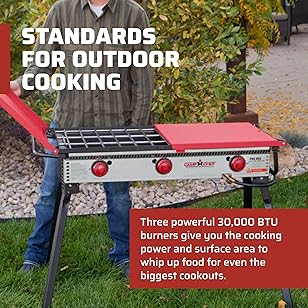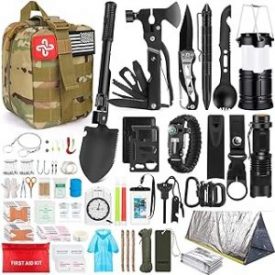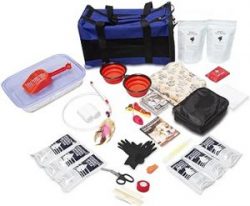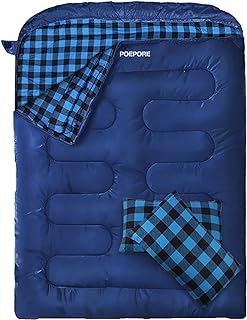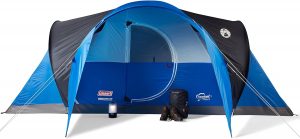When an Emergency Strikes – Disaster Survival Gear Saves Lives
 When it comes to emergency preparedness, it’s easy to get lulled into a sense of complacency. It’s difficult to face the reality that disaster could strike close to home, even though we’ve witnessed the devastation that comes from disasters like Hurricane Katrina, the Asian tsunami, the tornado that flattened a Kansas town, and terrorist attacks like those on 9/11. The unfortunate truth is that earthquake, fire, flood, and storms can cause injuries, death, and destruction. More importantly – and more hopefully – much of the unbearable heartache and loss associated with disasters can be avoided with the proper disaster survival gear.
When it comes to emergency preparedness, it’s easy to get lulled into a sense of complacency. It’s difficult to face the reality that disaster could strike close to home, even though we’ve witnessed the devastation that comes from disasters like Hurricane Katrina, the Asian tsunami, the tornado that flattened a Kansas town, and terrorist attacks like those on 9/11. The unfortunate truth is that earthquake, fire, flood, and storms can cause injuries, death, and destruction. More importantly – and more hopefully – much of the unbearable heartache and loss associated with disasters can be avoided with the proper disaster survival gear.
Emergency preparedness doesn’t mean seeing the world through the eyes of doom and gloom. It doesn’t mean that there is a disaster looming around every corner. Having the proper disaster survival gear simply means acknowledging that the world is an unpredictable place, and that it’s best to be prepared. After all, when you buy a box of Band-Aids and tuck it away in a cupboard, you don’t wake up each morning certain that a loved one will suffer a cut or scrape; it just means that you have Band-Aids on hand if a minor injury occurs. The same holds true for disaster survival gear. Once you have it, you don’t have to worry about it. Hopefully, you’ll never need to use it, but if the need arises, you’ll be prepared.
Survival Kits for Every Location
When you consider purchasing disaster survival gear, it’s important to remember that you don’t know where you and your loved ones will be when an emergency strikes. Perhaps you’ll be at home, but maybe you’ll be at work or in the car, and your children may be at school. It’s important to make sure that each location has the necessary disaster survival gear to improve the odds of making it through whatever natural or manmade emergency occurs.
Home Disaster Survival Gear
Your home emergency preparedness kit should contain enough food, water, shelter, sanitation, first aid, lighting and communication supplies necessary for the number of people in your family. Because a catastrophic event often means no running water or electricity, and because it can impact the livability of your home, it’s important to have the supplies necessary to be self-sufficient. Critical supplies to include are food bars and water boxes for three days, thermal blankets designed to retain body heat, ponchos with hoods, tissue packs, work gloves, a tube tent, water purification tablets, dust masks, vinyl gloves, a solar radio and flashlight with generator, first aid kit, light sticks, can opener, nylon cord, contact cards, gas shut-off wrench, Swiss Army knife, waterproof matches, emergency candles, toilet bags and chemicals, duct tape, and whistle.
When preparing your disaster survival gear, it’s important not to forget your pets. Include a collar and leash, toys, food and water bowls, food and water, a thermal blanket, a pet first aid kit, and a decal that can alert rescue workers to the presence of a pet.
DIY or Ready-Made?
The reason many people hesitate to prepare for emergencies is that it’s a hassle to put together your own disaster survival gear. The idea of having to go to different stores and pick up supplies makes it easy to procrastinate. Plus, there’s the question of the shelf life of different items, particularly food and water.
Many people opt to buy ready-made emergency preparedness kits. Not only is it less hassle, but the best ready-made kits have a five-year shelf life and come in a sealed bucket. Just like buying that box of Band-Aids, a ready-made kit of disaster survival gear is easy to buy and tuck away. Hopefully, you’ll never have to use it, but you’ll rest easier knowing that, if emergency does strike, it could save your life and the lives of those you love.


 November 4, 2015
November 4, 2015 

